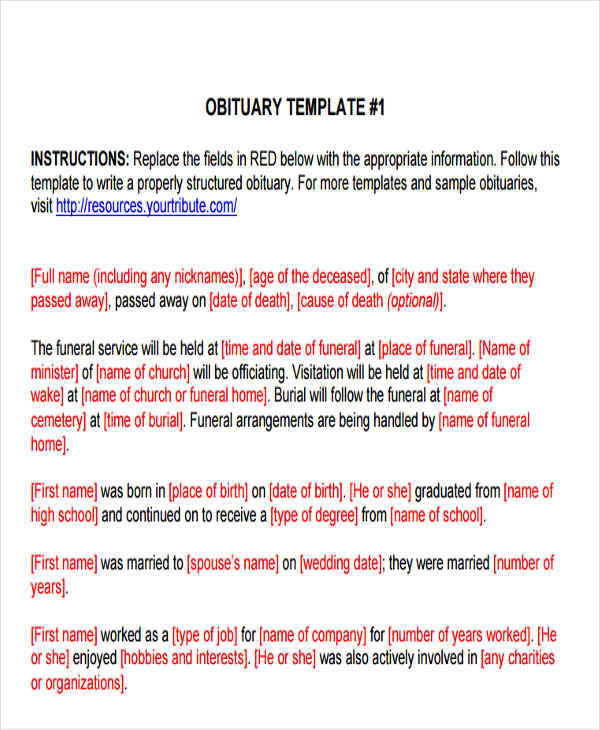

Mobile medical robots are used for the delivery of medication and other sensitive materials in a hospital.

Medical service robots include telepresence robots for remote caregiving, disinfectant robots to reduce hospital acquired infections, robots that can accurately and efficiently draw blood, and robotic exoskeletons that provide external support and muscle training for rehabilitation. These robots reduce the workload of the medical staff, which allows them to spend more time caring directly for patients.
#Robotary examples professional#
Medical robots are professional service robots that are used in and out of hospital settings to improve the level of patient care. They also are not able to climb stairs or operate elevators. These robots aren’t designed to use force against an intruder, nor can they resolve an escalating argument. The robots rove autonomously, watching for signs of trouble, like an unauthorized person entering the building. These devices are the size of a person and they travel around corporate offices, equipped with heat sensors, facial detection and employee badge scanners. After customers choose what they want using a touchscreen, robotic dispensers serve the frozen treat with toppings and no human worker is in sight.Ĭompanies like Cobalt and Knightscope are leasing out security robots. Pepper understands about 80% of the conversations and uses the information it learns to help customers.Ĭustomers can go to a Robofusion kiosk and order ice cream. Nestlé has used a humanoid robot, called Pepper, in numerous Japanese department stores to sell coffee makers. Therefore, some retailers are using robots that handle the roles that humans usually fill. In comparison with previous generations, millennials put a higher value on convenience and don’t mind trading human interactions for faster, automated experiences. They then alert store employees when they find errors. Robots travel through the aisles, using cameras to identify problems with the shelf labels. Retail service robots can spot errors on shelf labels, avoiding ringing up a price that is different than what the shelf tag showed. Using advanced sensors, these service robots will spray for weed control, harvest crops, plant seeds, and prune existing plants and trees. The productivity advantages of these service robots help businesses validate the outlay in professional service robots.Īs the demand increases, agriculture robots will become more incorporated into every facet of agricultural activity. Professional service robots participate in productivity in some form leading to major improvements in productivity in their specialty field. Inspection robots and cleaning robots have very little downtime, while a high volume of products can be transported by logistical robots, reducing the cost of labor. Improving efficiency is another concern for businesses that use professional service robots. Professional service robots can go where human workers would be in danger. Safety is an important consideration because robots can handle dangerous jobs while humans focus on intellectual tasks in dangerous situations.

Businesses want to automate certain processes for safety, efficiency and productivity. Most professional service robots are semi-autonomous or fully autonomous robots that have some mobility and interact with people, usually in a retail, hospitality, healthcare, warehouse or fulfillment setting, while others are used in more demanding settings, such as in space and defense, agricultural applications, and police workīy 2021, the professional service robotic market is predicted to reach $37 Billion. Industrial robots are used within the manufacturing industry, while professional service robots automate menial, dangerous, time-consuming, or repetitive tasks, thereby releasing human workers to accomplish more intellectual functions. They are completely different in form and function. Professional service robots are different from industrialized robots. The International Organization for Standardization defines a “service robot” as a robot “that performs useful tasks for humans.” These robots are autonomously operated by an internal control system with the option to manually override the operation. There are many jobs that are dirty, dull, or dangerous.


 0 kommentar(er)
0 kommentar(er)
